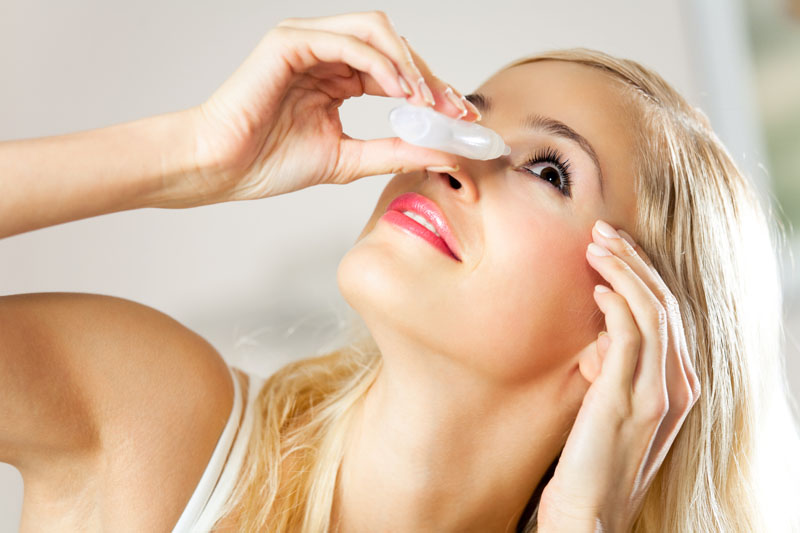When the eyebrow tattoo, the microblading, is first done the initial colour is noticeably darker than the final result. Over the course of a week or two the colour will lighten and soften, looking more natural.
The eyebrow tattoo will also feel slightly sore and dry during the first week or two, though this is usually only a minor issue. Some basic home care can help in this situation.
A tube of Bepanthen cream will help the recently tattooed eyebrow to heal. It will prevent infections and help keep the area moist. Apply the cream several times per day for the first week after receiving the eyebrow tattoos, and then twice a day for the second week. This product is often used for recent tattoos. It is best used after showering.
Avoid
- Most soaps are too harsh and will cause the skin to dry out. Avoid for the first week or two.
- Do not apply makeup to the eyebrow tattoo area for at least 2 days. When you do apply makeup only use new products; older makeup can cause infections.
- Do not use a sauna, spa or steam room (even a hot shower in the bathroom) for two week after getting eyebrow tattoos. This can cause the eyebrows to blur.
- Avoid direct sunlight for the first two weeks.
- Don’t apply pressure or scrub the area. And do try to remove any blood/scabs.
- Do not pluck or bleach the eyebrows for a month after the eyebrow tattoo.
- Do not use skin treatments like Retin-A or Roacctane for at least a month after the tattoo. Avoid using these before the procedure.
- Do not have any anti-wrinkle treatments (like botox) for two week after the eyebrow procedure.
If you plan on having laser hair removal on the eyebrows then inform the microblading technician about your plans before you have the procedure. And also inform the laser hair removal technician.
Microblading is a semi-permanent way of giving you the eyebrows that suit you face. It requires minimal care, probably less than the regular application of eyebrows, and side effects are uncommon.

Information Disclaimer
The content of this article is meant for informational purposes only and should not be considered a source of professional advice, recommendations, or endorsements. It is not a substitute for seeking expert guidance or making well-informed decisions based on individual circumstances. Although we strive for accuracy and reliability, we cannot guarantee the information's completeness or suitability for all situations. Readers are urged to verify facts, consult experts, and consider their own context before taking actions or decisions based on this content. No warranties, explicit or implied, are provided regarding the accuracy, timeliness, or completeness of the presented information. Relying on this information is at the reader's own discretion and risk. We encourage readers to consult relevant professionals or experts for advice tailored to their specific needs. Neither the author, publisher, nor any affiliated parties will be held responsible for errors, omissions, or damages resulting from the use or reliance on the information in this article.
